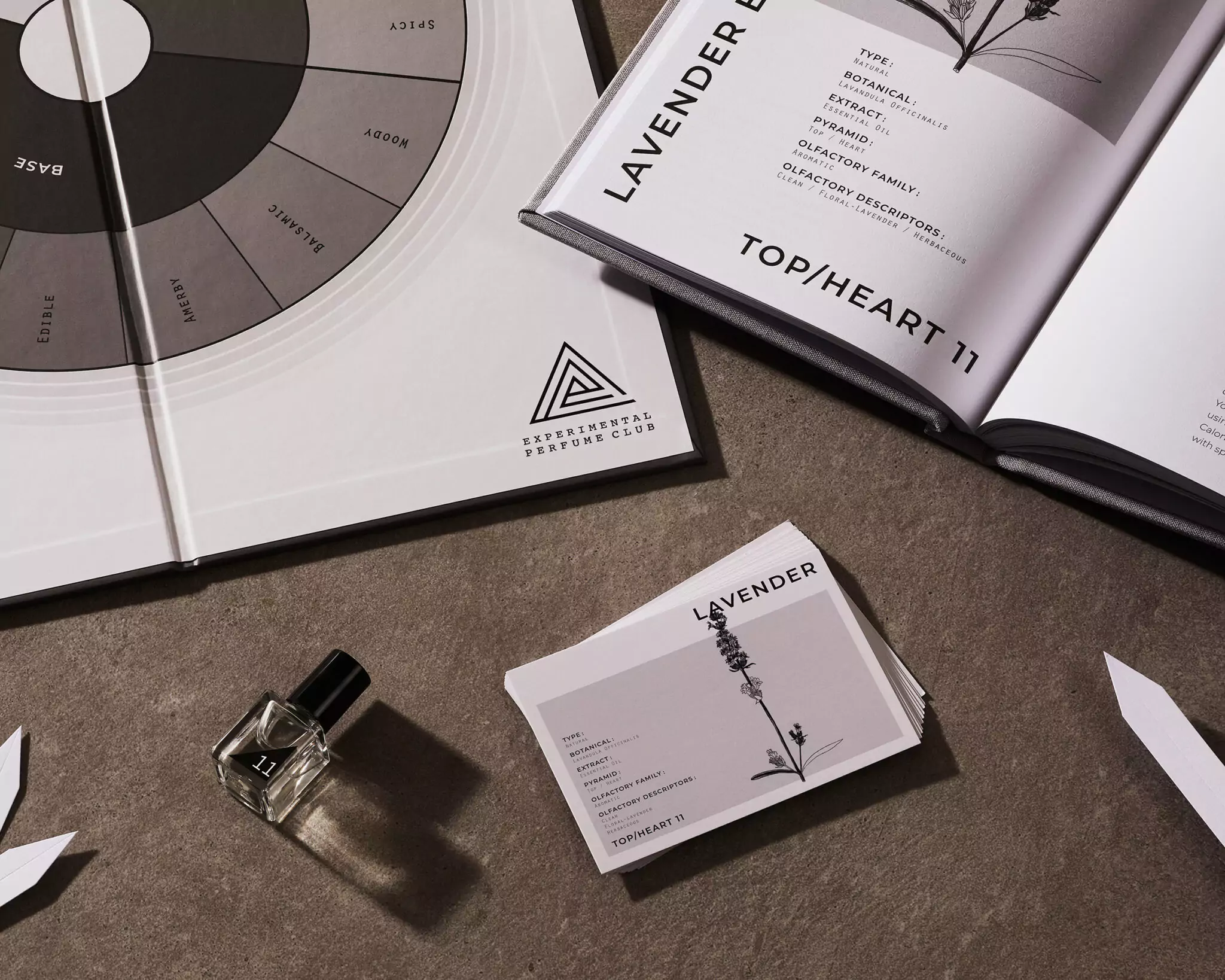We’re all used to categorising what we like. Be it from films such as Rom-Coms, Horror, Action to music such as Pop, RnB, Classical. The fragrance world isn’t much different.
If you’re like us you might find yourself wearing perfumes all with a similar smell. That’s because without knowing it, we’re naturally drawn to fragrances that have a signature scent from one or more fragrance families. Sometimes this can vary depending on the time of year but on the whole we’re creatures of familiarity.
SCENT SPECTRUM OR FRAGRANCE WHEEL
Traditionally there are six to seven fragrance families such as citrus, floral, woody, oriental and so on. Then within each family, there are sub-families that define the second most important olfactory note.
A Scent Spectrum or Fragrance Wheel can help you understand how families are organised and by extension, to understand how the world of perfumery works. Viewing the whole spectrum allows you to see what scents complement and clash with each other. Contrasts can be colourful but harmony is key.
Let’s take a closer look at some of the most famous Fragrance Families
1. CITRUS
A family of top note ingredients from citrus fruits such as orange, mandarin and bergamot. They are one of the freshest families on the scent spectrum whose scents are very sharp and fleeting, giving any fragrance an immediate sparkle. The essential oils of these ingredients are mostly extracted from the zest of the fruit. These smells are for that very reason zesty, tangy, juicy and fresh as well as being considered as energising and summery!
2. GREEN
Can you smell the freshly cut grass and leaves from the garden? That’s the smell of the green family. Another group of top note ingredients that create a fresh and sharp aroma, with crispy and vegetal notes. It’s very popular for summery fragrances to feature green notes in their composition as they give a natural, lively and crisp feeling from the first sniff.
3. FLORAL
Easily recognisable and the largest family of them all, floral contains the widest variety of ingredients most of which are flowers. It has a smell that is the most familiar to us, with rose and jasmine being star names. In fact, most floral perfumes will have one (soliflore), or many of these (bouquet) at the heart of their fragrance formula. Flowers are great at being the stand out signature ingredient but also sitting gently in the middle to bring balance to a fragrance. Other flowers popular in the floral family are orange blossom, peony and gardenia.
4. FRUITY
Exactly as the name suggests, this family comprises of fruity ingredients. Think juicy, sweet and edible aromas such as peach, apple and rhubarb. It’s a collection of mid-note ingredients that are more modern in terms of its addition to the scent spectrum, as new technologies have allowed for new ways to create the smell of fruits. Fruity notes bring sparkle and youth to fragrances. A very common family to be used in fragrances!
5. AQUEOUS
The smell of water and air, in a way, almost the smell of nothing. A great group of ingredients, mostly synthetic molecules, that help add lightness and space to a fragrance. One of the most famous aqueous ingredients is called Calone and it is commonly used in all aquatic, sea, rain, watery notes. If you really want to be creative this family can help create the smell of fog and rain!
6. FOUGERE
Can also be known as the aromatic family, Fougere means fern in French. Fougere is aromatic with a smell of lavender and other herbs married together with tonka bean (coumarin). Hugely popular in men’s fragrances particularly during the 1950s when it was considered ‘the barbershop smell’, but so much so it became overused and took a hiatus in the perfume world until recently. We’re now seeing a new found love for this classic aroma by every gender which is great, especially as the first fragrance that was created using Fougere in 1882 was designed for women!
7. SPICY
It does what it says on the tin (or bottle). A family of exotic spices including pepper, clove and cinnamon, that when come together can be reminiscent of Christmas or cooking spices. Warm and comforting middle note ingredients that add, well, spiciness to any scent.
8. ORIENTAL
Vanilla, resigns such as myrrh, frankincense, warm and powdery notes make up the comforting oriental family … This base note family is sweet, powdery and warm. It’s almost gourmand like and the most sensual note of them all, but it should not be confused with the edible family which borrows much more from the smell of cake and sugar. With a heavily eastern influence, it’s composition hasn’t shifted much since the days of its first creation. Oriental fragrances tend to be worn as evening fragrances due to their long-lasting, dark and seductive qualities.
9. WOODY
Dominated by woody scents such as sandalwood and cedarwood as well as patchouli and vetiver, this is a family that is most commonly adored by men. Think sawdust and pencil shavings, it has a dry and soft aroma that brings warmth and power to a fragrance. Comprising only of base note ingredients it also adds a long-lasting quality.
10. CHYPRE
Mossy and slightly animalic, this family has a history dating back to perfumes from the Roman times. It was named after the island Cyprus, as a lot of the florals included in this family are found on the island. It was bought into the modern day in 1917 and at this time was predominately worn by women as a highly sophisticated scent. It contains an array of ingredients but mostly it’s oakmoss, patchouli and leathery notes.
11. MUSKY
Musks are molecules with a subtle scent yet extremely powerful and essential to any perfume formula, even in the smallest quantities. If musks were a colour it would be white. Their scent is powdery yet there is almost nothingness with a smell similar to skin. They are balancing base note ingredients that give a fragrance lingering depth and warmth. Musks carry a light, powdery, woolly, sometimes slightly sweaty scent.








Leave a reply